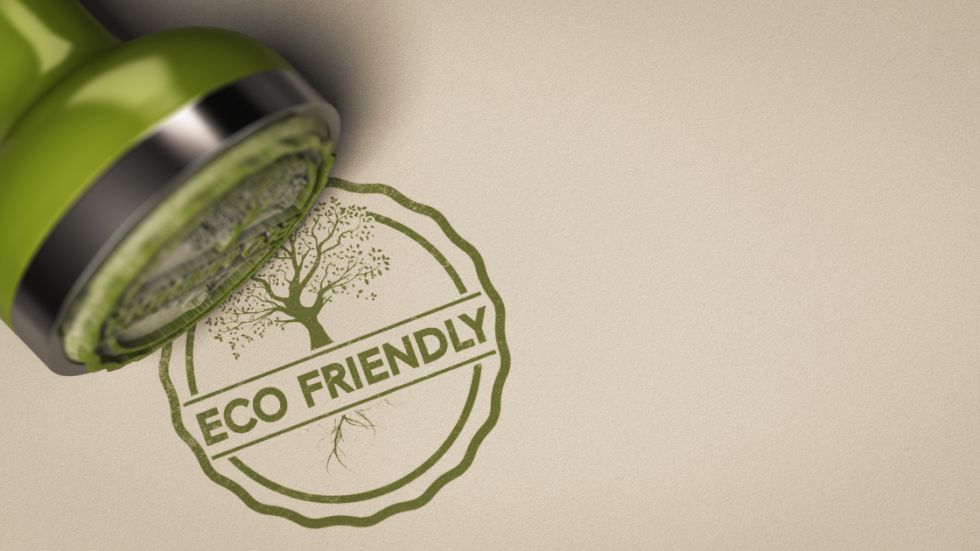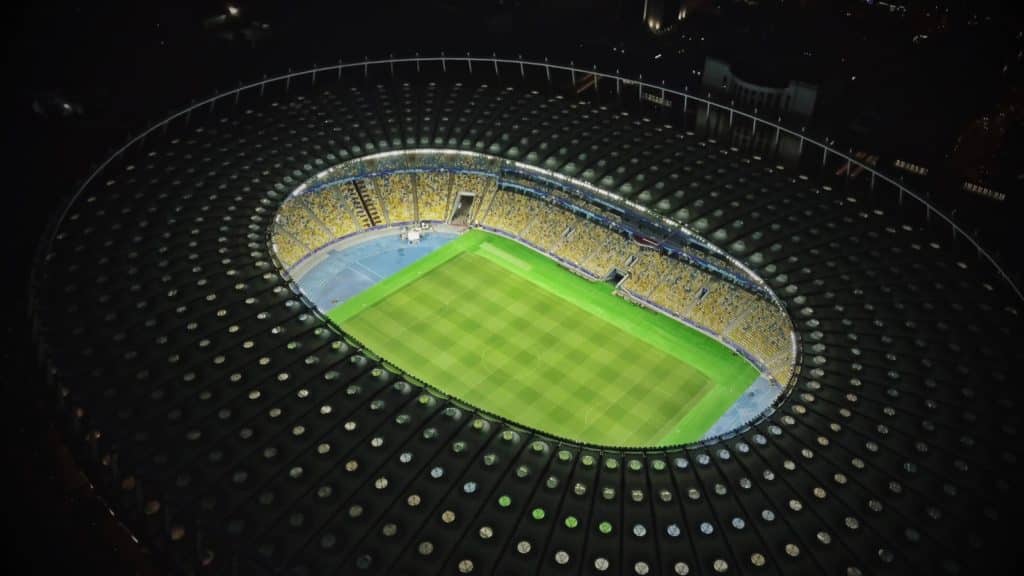Sustainability is a growing concern in the events, meetings & conferences industry and for a good reason. According to various reports, the average conference attendee generates 1.89kg of discarded waste. And over 170kg of carbon emissions daily. When you scale that up, things get pretty surprising! For 1,000 attendees, it can generate up to 5670kg of waste. Over half of which will end up directly in the landfill. With at least thousands of events occurring yearly, this waste and carbon emissions quickly add up and significantly impact the environment. However, there are ways to reduce this impact and make events more sustainable.
In our recent podcast episode Pre-Zero Sports Talk, we had the pleasure of hosting Neil Hamp-Adams. Neil is and experienced designer and marketer with over 27 years of expertise in the events industry. He’s the founder of Driving Force, an event management company, and the owner of Clever Frame and Expandabrand franchises, which provide eco-friendly branding solutions. Our discussion focused on Eco-Friendly Equipment and Innovations in Sustainable Sports and Events, with a specific focus on branding.

The Importance of Sustainability in Branding
Sustainability is no longer a buzzword but a necessity for businesses, including those in the events industry. As Neil explained in our podcast, sustainability in branding goes beyond just reducing waste It’s about creating a purpose and a positive impact on both social and environmental fronts.
One example of such an approach is Expandabrand commitment to sustainability by repurposing waste fabric used to manufacture flags. Expandabrand repurposes this waste fabric with Uzwelo Bags, creating functional products that benefit local communities. According to Neil, Expandabrand has repurposed an estimated 14.2 tons of material, saving it from landfills. This is a prime example of how small businesses (SMIs,) can positively impact the environment and communities while maintaining their core values and mission.
Three Principles for Sustainable Events
As Neil pointed out in our Podcast Show episode, there are three principles that every event planner should consider when planning sustainable events: Durability, Longevity, and Reusability.
Durability
Durability is about creating equipment that can withstand the wear and tear of regular use. Event planners can reduce the waste generated by events by creating durable equipment. Additionally, durable equipment reduces the need for new equipment for every event, in which we can use multiple times.
Longevity
Longevity is about creating equipment that has a long lifespan. Event organisers should consider the lifespan of their equipment and choose materials that can withstand the test of time. By investing in equipment with a long lifespan, event organisers can reduce the amount of waste generated by events and save money in the long run.
Reusability
Reusability is about creating equipment which we can reuse multiple times. By creating reusable equipment, event organisers can reduce the amount of waste generated by events and save money by not having to purchase new equipment for every event.
Circular Economy in Event Planning
The circular economy is a concept that focuses on creating a closed-loop system to keep waste at its lowest, and by using materials as much as possible. We can apply this concept during the event planning by creating a system where equipment and materials are reused, repaired, or repurposed.
Expandabrand commitment to sustainability and the company’s work with Uzwelo project and Bateleurs, a South African Non-Profit Company that uses private aircraft for aerial surveillance to relocate animals around Africa and protect wildlife. This an example of the circular economy in action. Expandabrand positively impacts the environment and communities by repurposing waste fabric and supporting Bateleurs.
Conclusion
Sustainability in the events industry is a critical issue that requires action, which starts by taking a holistic approach to sustainability in event planning and incorporating sustainable practices throughout all aspects of the event.


